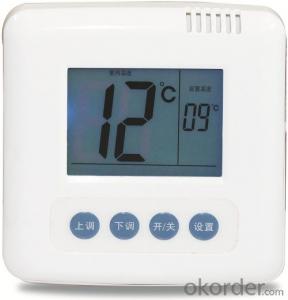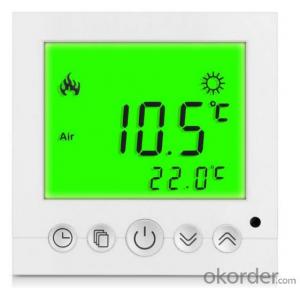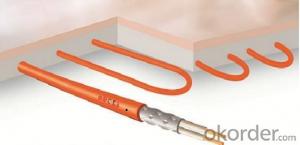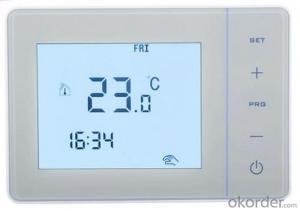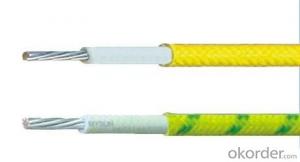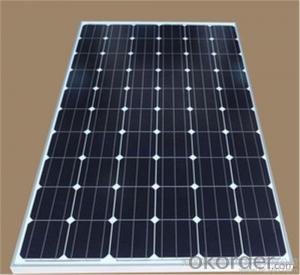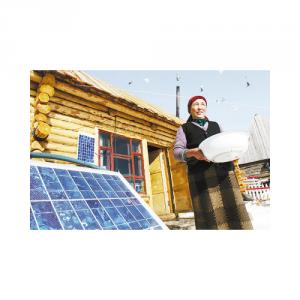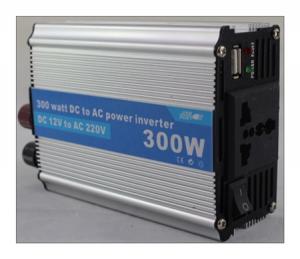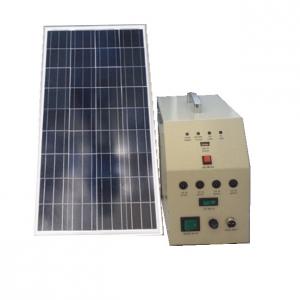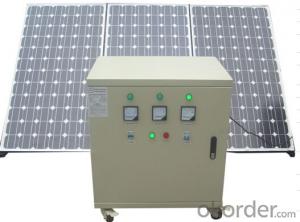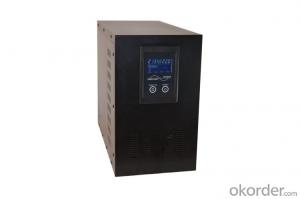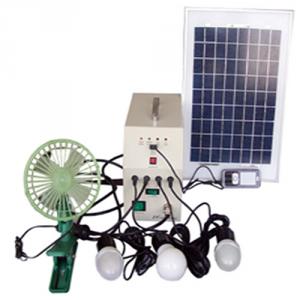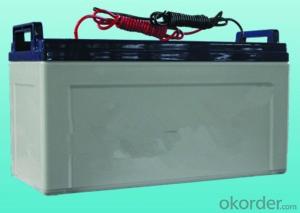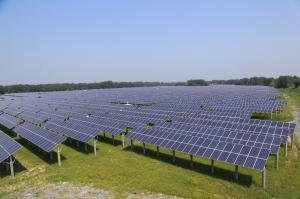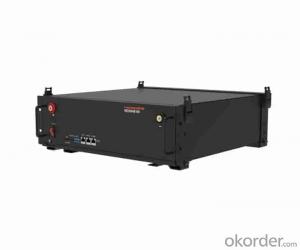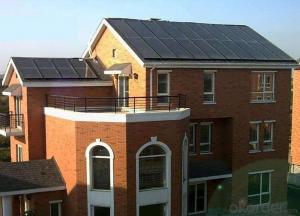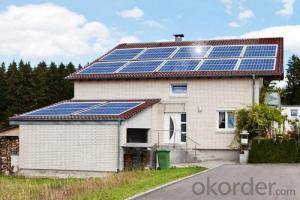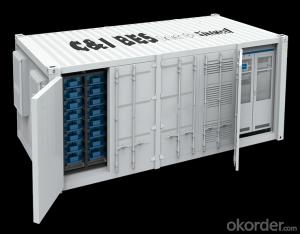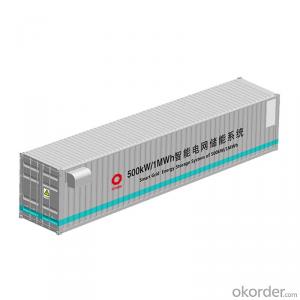Solar Battery Charging System
Solar Battery Charging System Related Searches
Primer For Galvanized Steel H S Code For Stainless Steel Wd 40 For Stainless Steel Spray Paint For Stainless Steel Glue For Stainless Steel Step Bit For Stainless Steel Magnets For Stainless Steel Caulking For Stainless Steel Steel Vessels For Kitchen Best Solar Inverter For HomeHot Searches
Steel Mesh Panels For Sale Cheap High Tea Sets For Sale High Density Fiberboard For Sale Solar Hot Water Collectors For Sale Scaffolding For Sale In Uae Scaffolding For Sale In Ireland Scaffolding For Sale In Houston Type Of Inverter For Solar Price Of Shipping Containers For Sale Used Solar Inverter For Sale Portable Led Signs For Sale Stone Hot Water Bottles For Sale Large Led Screens For Sale 1/4 Aluminum Plate For Sale H4 Led Headlight Bulbs For Sale Flexible Solar Cells For Sale Air Pump For Aquarium Price Inverter Size For Solar System Solar Edge Inverter For Sale Aluminum Bar Stock For SaleSolar Battery Charging System Supplier & Manufacturer from China
Okorder.com is a professional Solar Battery Charging System supplier & manufacturer, offers integrated one-stop services including real-time quoting and online cargo tracking. We are funded by CNBM Group, a Fortune 500 enterprise and the largest Solar Battery Charging System firm in China.Hot Products
FAQ
- Indeed, it is feasible to install a solar energy system on a tile roof, although additional considerations and precautions may be necessary compared to other types of roofs. Tile roofs often possess a fragility and delicacy greater than other roofing materials, necessitating special care during installation to prevent tile damage. This may entail enlisting experienced and skilled solar installers familiar with working on tile roofs. Moreover, the weight of the solar panels and mounting equipment must be taken into account, as tile roofs may have weight restrictions. To ensure the roof can withstand the added weight, reinforcements or additional support may be required. Proper sealing and waterproofing are also indispensable when installing solar panels on tile roofs to avert leaks or harm to the roof structure. This might involve employing specialized mounting brackets and flashing to create an impermeable seal around the tiles. In conclusion, while it is possible to install a solar energy system on a tile roof, it is crucial to consult professionals experienced with tile roofs to guarantee correct installation in accordance with safety and structural requirements.
- Certainly, churches or temples can utilize solar energy systems to power their operations. These buildings are particularly suitable for solar power due to their spacious roofs that can accommodate solar panels. By installing these systems, religious institutions can significantly decrease their electricity expenses, save money, and become more sustainable. Sunlight is converted into usable energy by solar panels, which can then be employed to fulfill the religious institution's lighting, heating, cooling, and other electrical requirements. Recent advancements in solar technology have made it possible to store surplus energy in batteries, ensuring uninterrupted power even on cloudy days or during the night. The usage of solar energy not only reduces the operational costs of religious institutions but also aids in reducing their carbon footprint. By minimizing reliance on fossil fuels, solar power systems contribute to mitigating climate change and advocating for environmental stewardship. This resonates with the core principles of numerous religious organizations that emphasize the significance of environmental sustainability and responsible Earth stewardship. Moreover, solar energy systems can serve as visible demonstrations of the religious institution's dedication to sustainable practices, inspiring both members and the wider community to adopt renewable energy solutions. By embracing solar power, religious institutions can showcase their commitment to caring for the planet and encourage others to do the same. To summarize, solar energy systems can effectively power religious institutions such as churches or temples. They present an eco-friendly and economical solution that aligns with the values of many religious organizations. By embracing solar power, these institutions can reduce their energy costs, promote sustainability, and inspire their members and the community to embrace clean energy solutions.
- Yes, solar energy systems can be installed on industrial facilities. In fact, many industrial facilities are increasingly adopting solar energy systems as a sustainable and cost-effective energy solution. These systems can be installed on rooftops, parking lots, or even on the ground near the facility, providing renewable energy to power various operations within the industrial facility.
- Yes, there are several government incentives and tax credits available for installing a solar energy system. These incentives and credits aim to promote the use of renewable energy sources and reduce dependence on fossil fuels. One of the most significant incentives is the federal Investment Tax Credit (ITC) which allows homeowners and businesses to deduct a portion of the cost of installing a solar energy system from their federal taxes. As of 2021, the ITC offers a 26% tax credit for residential and commercial solar installations. However, it is important to note that the percentage may change in the following years, so it is advisable to take advantage of the current rate. Additionally, some states and local governments offer their own incentives and tax credits for solar installations. These incentives can vary widely, but they often include rebates, grants, or property tax exemptions for homeowners and businesses that adopt solar energy systems. Furthermore, there are also net metering programs in many states that allow solar system owners to receive credits on their utility bills for any excess electricity they generate and feed back into the grid. This allows solar energy system owners to offset their electricity costs and potentially earn money by selling surplus energy. In conclusion, there are numerous government incentives and tax credits available for installing a solar energy system. These incentives aim to make solar installations more affordable and encourage the transition to clean, renewable energy sources. It is advisable to consult with local authorities, utility companies, and tax professionals to fully understand and take advantage of the incentives and credits available in your area.
- Yes, there are risks of electrical arcing with solar energy systems. Electrical arcing occurs when there is a breakdown in the insulation of electrical components, resulting in the flow of electricity through air or other non-conductive materials. This can lead to a fire hazard and damage to the solar energy system. Some potential causes of electrical arcing in solar energy systems include faulty wiring, loose connections, and damage to the solar panels. These issues can result in an increased risk of electrical arcing, which can cause overheating, melting of components, and even electrical fires. To mitigate the risks of electrical arcing, it is crucial to ensure that the solar energy system is installed and maintained by qualified professionals who follow industry standards and regulations. Regular inspections and maintenance should be conducted to identify and address any potential issues that could lead to electrical arcing. Furthermore, the use of high-quality electrical components and proper grounding techniques can help reduce the risk of electrical arcing. Implementing safety measures such as circuit breakers, surge protectors, and arc fault circuit interrupters (AFCIs) can also provide additional protection against electrical arcing. In summary, while solar energy systems offer numerous benefits, it is important to be aware of the potential risks of electrical arcing. By ensuring proper installation, maintenance, and adherence to safety guidelines, the risks can be minimized, allowing for the safe and efficient operation of solar energy systems.
- Solar energy systems contribute to reducing carbon emissions in several ways. Firstly, solar energy is a renewable and clean source of power. Solar panels harness sunlight and convert it into electricity without any emissions of greenhouse gases. This means that when solar energy is used to generate electricity, it does not release carbon dioxide or any other harmful pollutants into the atmosphere, unlike traditional fossil fuel power plants. Secondly, solar energy can replace the use of fossil fuels in various sectors. For example, solar panels can be installed on residential rooftops to provide electricity for homes, reducing the need for electricity generated from coal or natural gas. Similarly, solar farms can be established to produce large-scale solar power for commercial and industrial purposes. By displacing the use of fossil fuels, solar energy systems help to lower carbon emissions associated with electricity generation. Moreover, solar energy can also be used for heating purposes. Solar thermal systems can capture and utilize the sun's heat to provide hot water for residential and commercial buildings. By utilizing solar thermal systems, the demand for gas or electricity to heat water is reduced, resulting in a decrease in carbon emissions from water heating processes. Furthermore, the widespread adoption of solar energy systems can lead to a decrease in the overall demand for fossil fuels. As more households, businesses, and industries switch to solar power, the demand for coal, oil, and natural gas decreases. This reduced demand for fossil fuels can drive down their production and consumption, resulting in a significant reduction in carbon emissions associated with extracting, refining, and burning these fuels. In summary, solar energy systems contribute to reducing carbon emissions by producing clean and renewable electricity, replacing the use of fossil fuels, reducing the demand for traditional energy sources, and providing an alternative for heating purposes. By transitioning to solar power, we can significantly mitigate the impact of climate change and work towards a more sustainable future.
- Yes, solar energy systems can be used to power electric drone systems. Solar panels can be mounted on the drone or on the ground to capture sunlight and convert it into electricity. This electricity can then be used to power the drone's motors and other electrical components. Solar-powered drones offer several advantages such as longer flight times, reduced operating costs, and increased sustainability. They can also operate in remote areas where access to traditional power sources may be limited. However, it is important to note that the efficiency of solar panels and the amount of power they generate depend on factors such as the size of the panels, the amount of sunlight available, and the energy requirements of the drone.
- Yes, solar energy systems can definitely be used in areas with limited grid infrastructure. In fact, one of the greatest advantages of solar energy is its ability to provide electricity in remote and off-grid locations. Solar panels generate electricity by converting sunlight into energy, which means they do not rely on a connection to the traditional power grid. This makes solar energy systems an ideal solution for remote areas, such as rural communities or developing regions, where extending the grid infrastructure may not be financially viable or technically feasible. By installing solar panels and using energy storage systems, such as batteries, these areas can generate and store their own electricity, even during periods of low sunlight or at night. This not only provides access to reliable and clean energy but also promotes energy independence and resilience in areas with limited grid infrastructure. Additionally, solar energy systems can be easily scaled up or down based on the energy needs of the community, making them a flexible and sustainable solution for powering areas with limited grid infrastructure.
